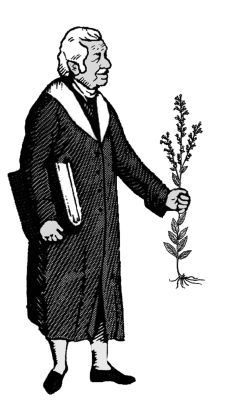Foraging Life
Published: Wed, 05/22/19
May 22, 2019
Foraging Life Kelly Pomeroy, M.H.
Before the world of grocery stores, people lived off the land. Spring meant the promise of fresh produce. I am grateful to live in a time of modern convenience; however, nothing is as powerful as using a plant straight from the soil. With spring upon us, life forces are pushing themselves up through the ground coming out from their long winter slumber with an array of colors and smells. Buds and leaves decorate the land, bringing with them a sense of hope and joy. There is something thrilling about watching life unfold in the spring.
This life force we talk of are hormonal responses that the plants are having to temperature, light, nutrients and moisture around them. The concentrated medicinal action of the plant generally will be where the development is being focused on. When harvesting a root, best wait until the energy of the plant is underground in the fall, winter, or early spring. Harvesting leaves often is best in the spring for some plants, others can be throughout its life. Flowers are best harvested while in bloom. As readers you may find yourselves in different locations with different flora in different seasons. I want to name a few we can use in the spring as the life force is coming out of the roots and into the leaves. Here are a few of Dr. Christopher’s favorites.
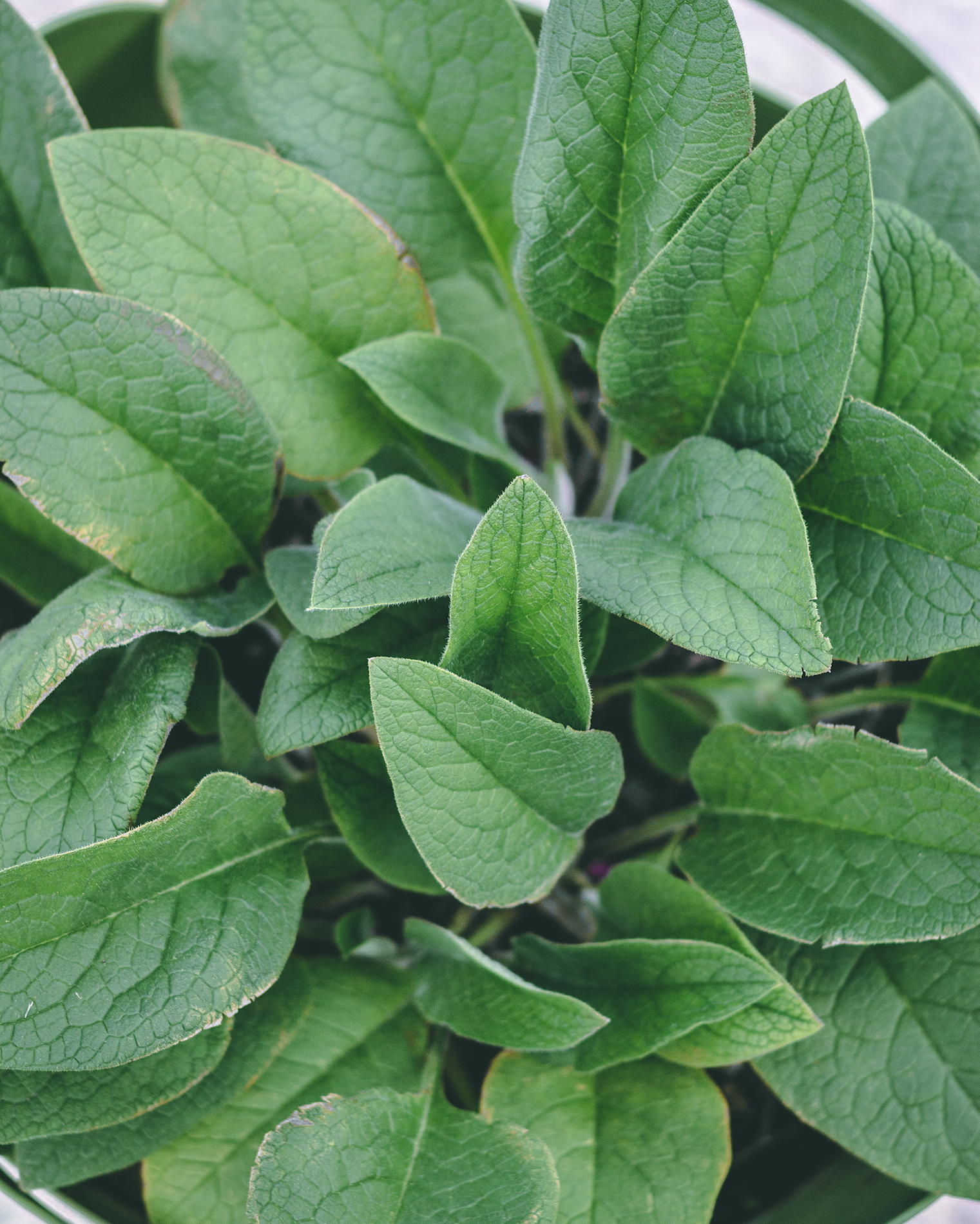
Comfrey leaves come out in early spring followed by little purple flowers sometime in April or May. Comfrey is known for being mucilaginous, meaning it has a gelatinous consistency, somewhat astringent, and containing allantoin that is known for being a cell proliferant of healthy cells, not malignant ones. Comfrey is best picked before the flowers have come on and best to pick the small, newer leaves for the highest content of allantoin. Comfrey root can be harvested in the early spring or fall which contains high amounts of allantoin as well. Comfrey is great for repairing damaged tissue, muscle and bone. It has also been used for reducing lung congestion and other purposes.1
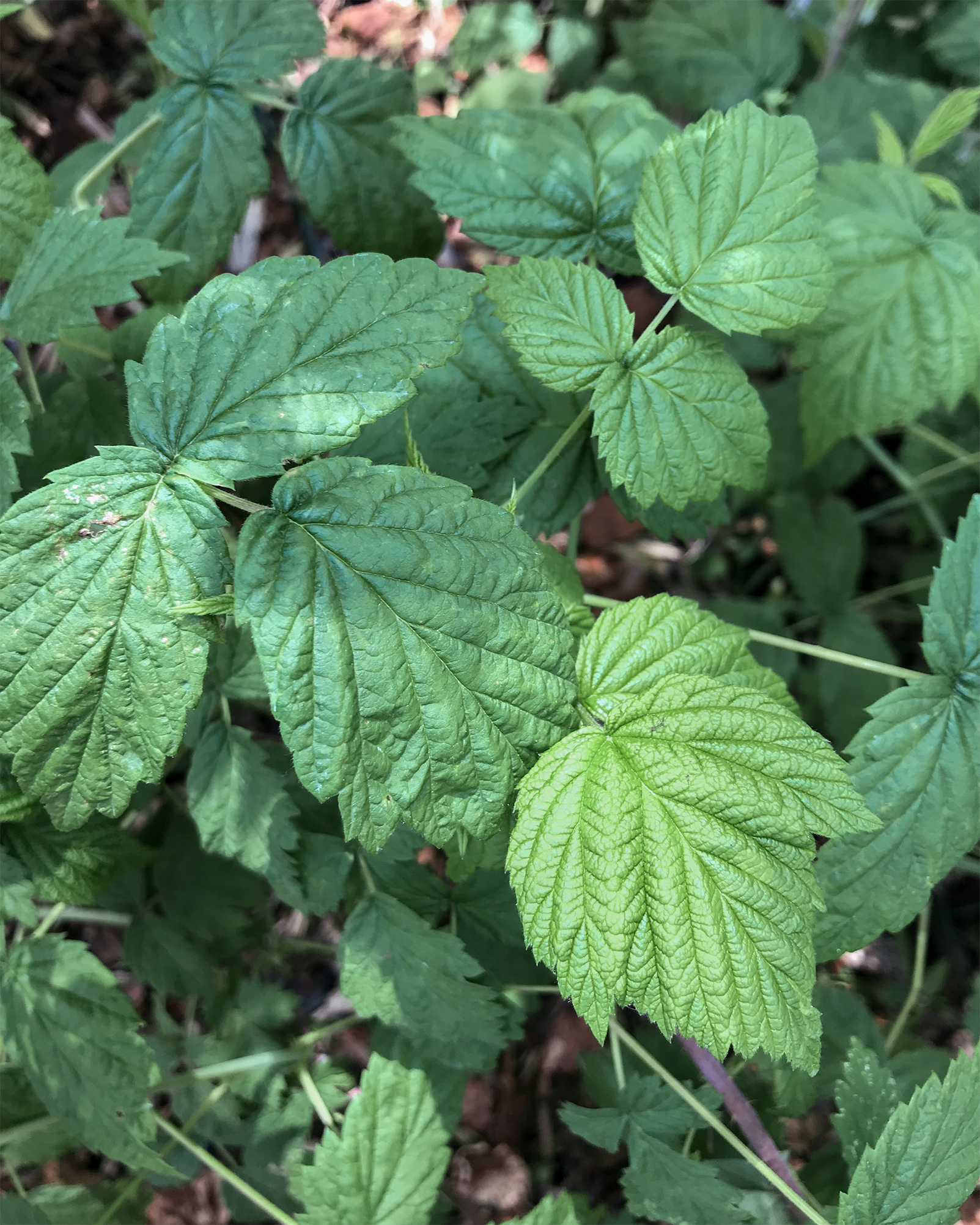
Red Raspberry leaves are astringent, tonifying, nutrient dense, etc. Dr. Christopher encouraged all prospective parents to be drinking this tea and recommends it when you are feeling sick. This tea is for all ages. It is full of nutrients such as calcium, iron, magnesium, potassium, riboflavin, manganese and more.2 Choose young leaves before the berries begin to form. (If you choose to dry this leaf, chop it up before you dry it. The leaves are hard to break up after they are dried.)
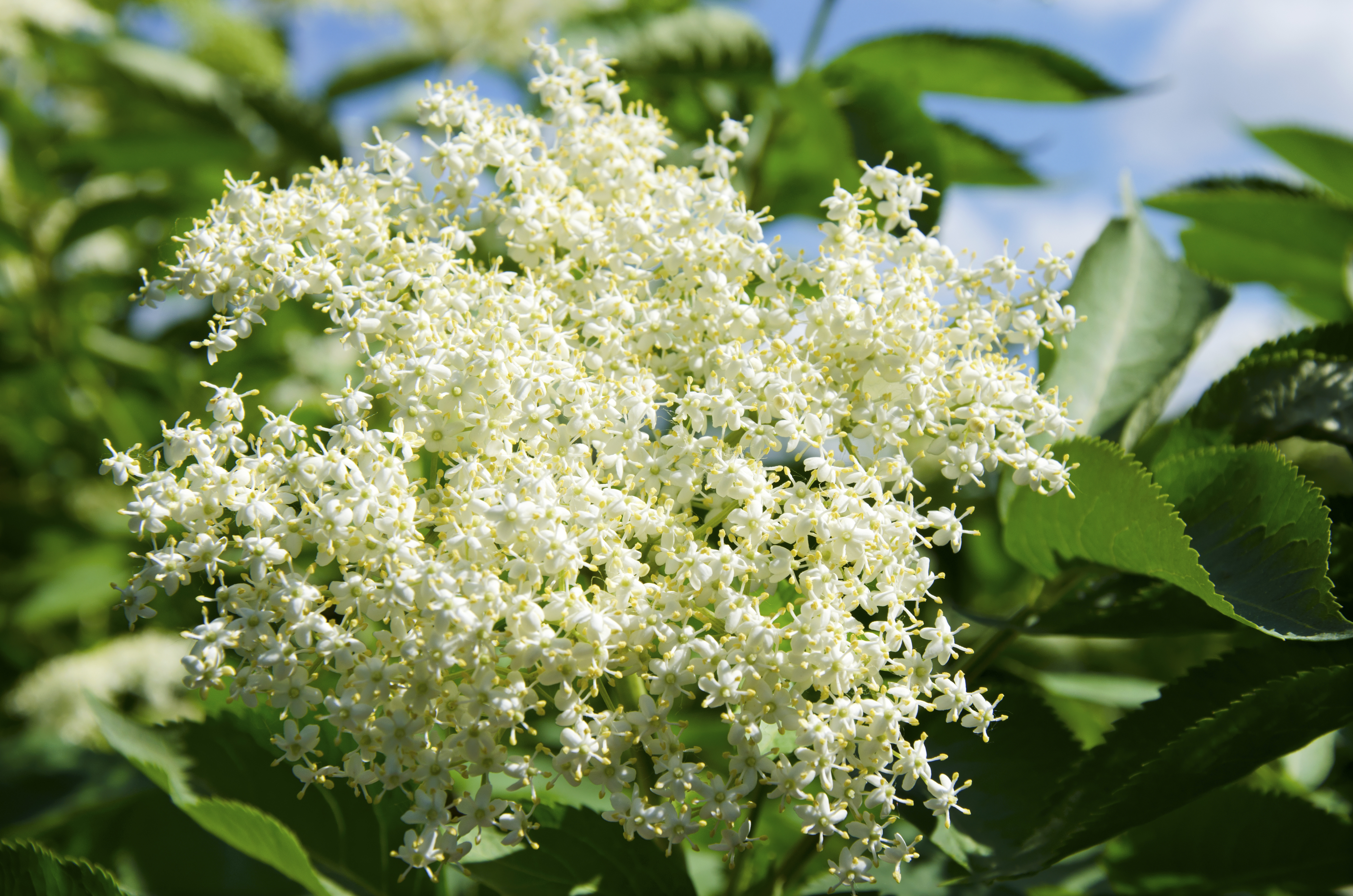
Elder flowers come out in late spring to June. The flowers are small and in clusters, looking like a popcorn ball. They are known for aiding in cases of cold and flu and commonly are accompanied with peppermint. Elder flowers are full of phytochemicals providing vitamins, phenolic and terpene compounds that are analgesic, antioxidant, anti-inflammatory and hepatoprotectant (protect your liver). 3
Dandelions are a plant to be picked in all seasons whether it be root, stem, leaf, or flower. Dandelions bitter taste is its greatest strength because it stimulates bile production from the liver to help your body remove toxins
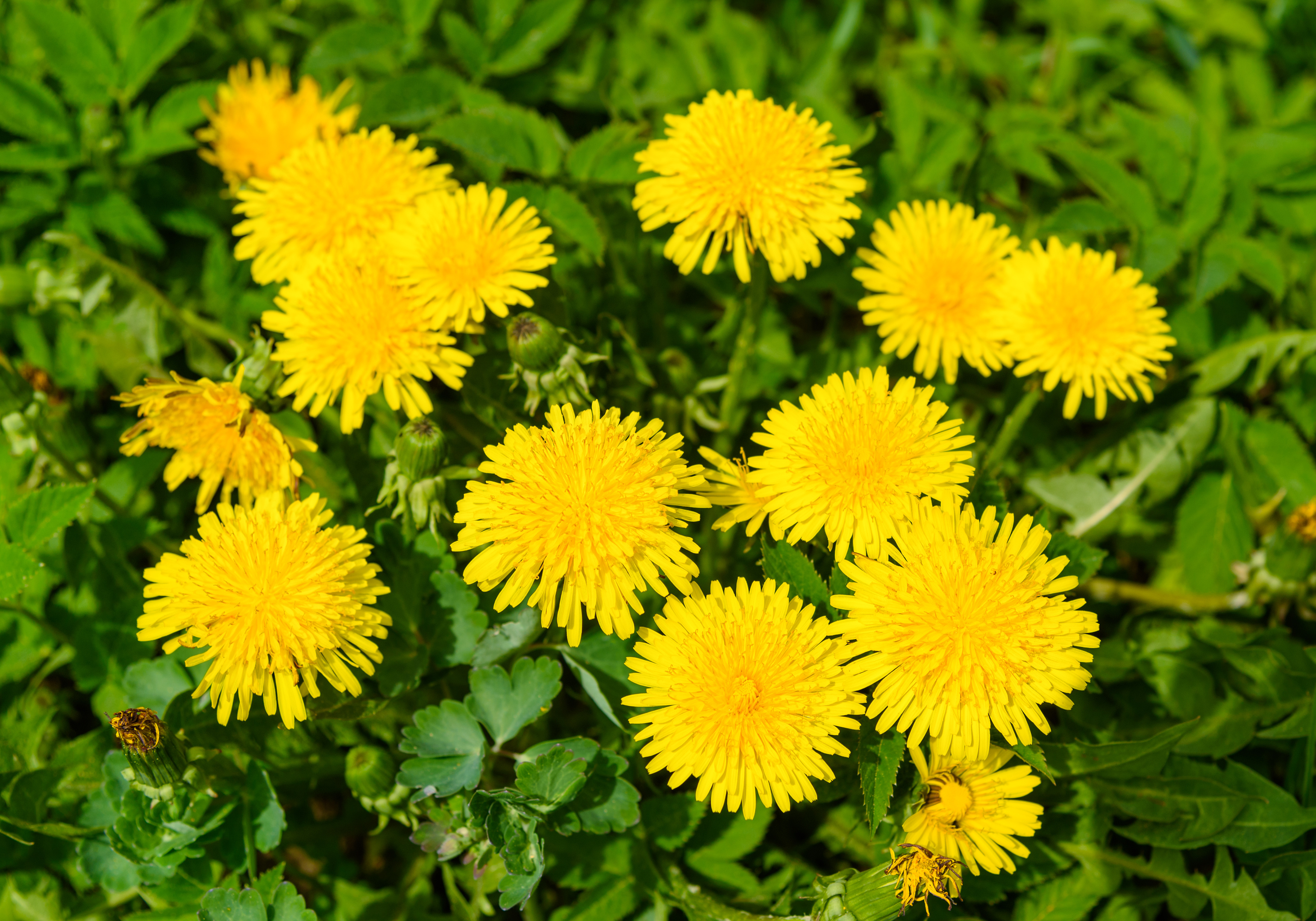 more effectively. If you see a yellow sun-shining dandelion looking at you, don’t spray it. Put it in your mouth and enjoy the amazing benefits this beautiful bitter friend has to offer. (Unless of course the plant has been sprayed with herbicides)
more effectively. If you see a yellow sun-shining dandelion looking at you, don’t spray it. Put it in your mouth and enjoy the amazing benefits this beautiful bitter friend has to offer. (Unless of course the plant has been sprayed with herbicides)My hope is that we will all get outside, have a greater appreciation for the plants around us, and be able to forage on the life which they offer us.
For those in the local region, David Christopher will be hosting several herb walks this Spring/Summer throughout the state of Utah. The first herb walk is scheduled for June 6, 2019 located at 691 W. 1200 N. Suite 300, Springville, Utah 84663 at 5:30 pm. Other locations are yet to be determined. To register for this walk, call us at (801) 489-4254 or register with this link June 06 Herb Walk. Mention you read this article and receive $2.00 off admission or apply the code HWJUNE06 when you sign up online. If you’re a student, you can also apply the code STUDENT for an additional discount.
References
1.Christopher, David, and Cathy Gileadi. School of Natural Healing Herb Syllabus. Christopher Publications, 2010.
2. Christopher, John R. Herbal Home Health Care. Christopher Publications, 2010.
3. Cdn.Intechopen.Com, 2019, https://cdn.intechopen.com/pdfs/61808.pdf.
Kelly Pomeroy is a Master Herbalist and Student Adviser for The School of Natural Healing. She is also a certified Foot Zoner and mother of four awesome kids.
Printable Version: http://herballegacy.com
If you missed an article be sure to visit http://www.herballegacy.com and click on Articles. Also, take advantage of David Christopher's Radio Show (see Resource Links below for more information).

David Christopher is now on Twitter!
You can follow David @DChristopherMH
Herbal Resource Links
This newsletter is sent by permission only - you can unsubscribe quickly and easily by clicking the link below.
.


Buy a course from us this Spring and get 10% off your purchase!
Apply this code at the checkout: SpringClean2019
Sale ends June 21, 2019

A Healthier You Radio show is back!
Listen live every Monday morning at 11:30 Mountain Time.
Click here for the link to listen to our live show
David Christopher is now on Twitter!
You can follow David @DChristopherMH
Plant Snacks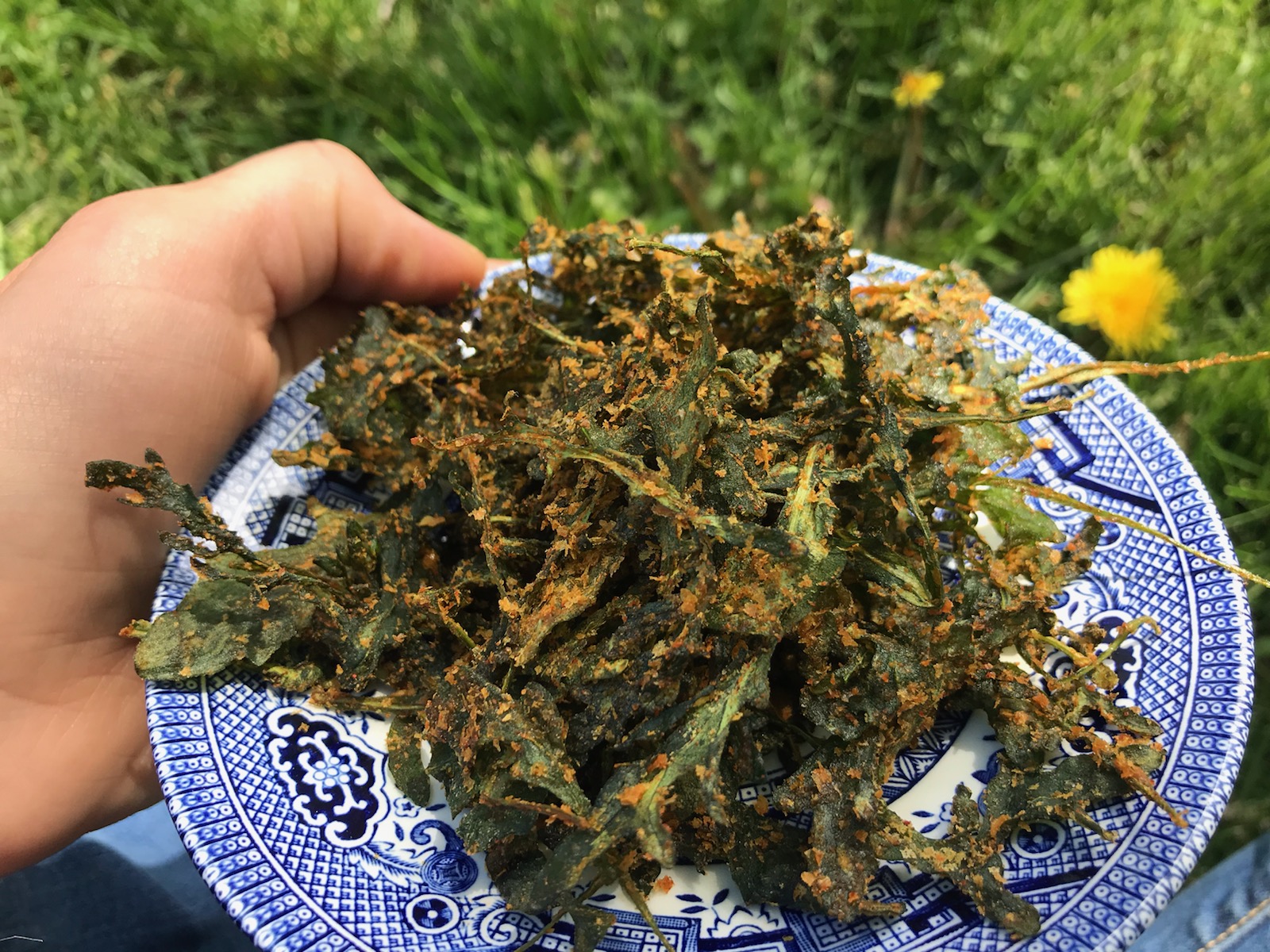
These have a barbecue flavor that my kids and I enjoy. I hope you do too!
6 ounces or 5 heaping cups of baby greens (arugula, spinach, kale, dandelion, young yellow dock leaves)
½ c. Nutritional yeast (optional)
½ t. Himalayan salt
½ t. Smoked paprika
⅛ t. Garlic powder
Dash of cayenne (optional)
3-4 T. Extra Virgin Olive Oil
Measure out the nutritional yeast, salt, paprika, garlic powder and cayenne. Set aside in a bowl. Rinse your greens. I like to mix my greens in a plastic bag (Ziploc) but you can also mix it in a bowl. Mix the greens and the olive oil together. If doing this in a plastic bag, massage the oil into the leaves. If doing this in a bowl, be sure to coat all the leaves and toss well. Add the dry seasonings and if in a bag, shake well and massage over all the leaves. If in a bowl, be sure to toss thoroughly. Once completed, lay your leaves out on a dehydrating sheet for those of you with dehydrators. Dry at 115 degrees for 4 + hours until dried depending on your location (humidity). Or dry them in your oven. I would place a towel down on a cookie sheet, followed by a piece of parchment paper. Lay the greens out evenly. Preheat on the lowest setting you can. Let them dry with the door of the oven slightly open to reduce the heat. Or just leave the door shut. Check on them every 15 minutes and remove when they feel dry and crisp, not soggy. Great way to enjoy fresh greens and get rid of processed foods in our diet. (Arugula pictured)
Recipe by Kelly Pomeroy
Printable Version: http://herballegacy.com

These have a barbecue flavor that my kids and I enjoy. I hope you do too!
6 ounces or 5 heaping cups of baby greens (arugula, spinach, kale, dandelion, young yellow dock leaves)
½ c. Nutritional yeast (optional)
½ t. Himalayan salt
½ t. Smoked paprika
⅛ t. Garlic powder
Dash of cayenne (optional)
3-4 T. Extra Virgin Olive Oil
Measure out the nutritional yeast, salt, paprika, garlic powder and cayenne. Set aside in a bowl. Rinse your greens. I like to mix my greens in a plastic bag (Ziploc) but you can also mix it in a bowl. Mix the greens and the olive oil together. If doing this in a plastic bag, massage the oil into the leaves. If doing this in a bowl, be sure to coat all the leaves and toss well. Add the dry seasonings and if in a bag, shake well and massage over all the leaves. If in a bowl, be sure to toss thoroughly. Once completed, lay your leaves out on a dehydrating sheet for those of you with dehydrators. Dry at 115 degrees for 4 + hours until dried depending on your location (humidity). Or dry them in your oven. I would place a towel down on a cookie sheet, followed by a piece of parchment paper. Lay the greens out evenly. Preheat on the lowest setting you can. Let them dry with the door of the oven slightly open to reduce the heat. Or just leave the door shut. Check on them every 15 minutes and remove when they feel dry and crisp, not soggy. Great way to enjoy fresh greens and get rid of processed foods in our diet. (Arugula pictured)
Recipe by Kelly Pomeroy
Printable Version: http://herballegacy.com
Herbal Resource Links
- Herbal Legacy - http://www.herballegacy.com - Our free information website
- The School of Natural Healing - http://www.snh.cc - Quality Education since 1953
- Christopher Publications - http://www.christopherpublications.com - Dr. Christopher's books and more
- Christopher Websites - http://www.christopherwebsites.com - Find all Christopher websites and other great resources
- A Healthier You Radio Show - http://www.ahealthieryouradio.com - Free weekly radio show
This newsletter is sponsored by:
The School of Natural Healing: http://www.snh.cc
Christopher Publications: http://www.christopherpublications.com
The School of Natural Healing: http://www.snh.cc
Christopher Publications: http://www.christopherpublications.com
NOTICE: All information in this newsletter is given out as information only and is not intended to diagnose or prescribe. For our official Disclaimer, Biological Individuality, Important Notice & Terms of Use please see: http://www.herballegacy.com/Disclaimer.html
This newsletter is sent by permission only - you can unsubscribe quickly and easily by clicking the link below.
.

